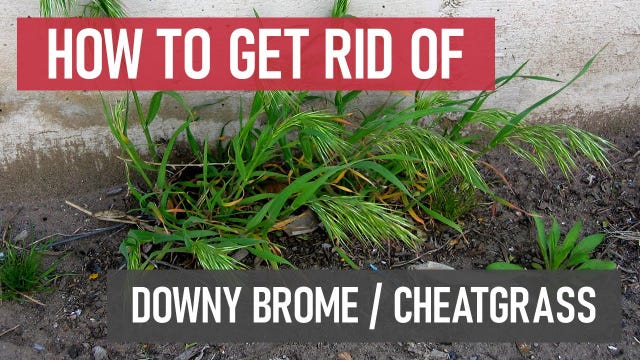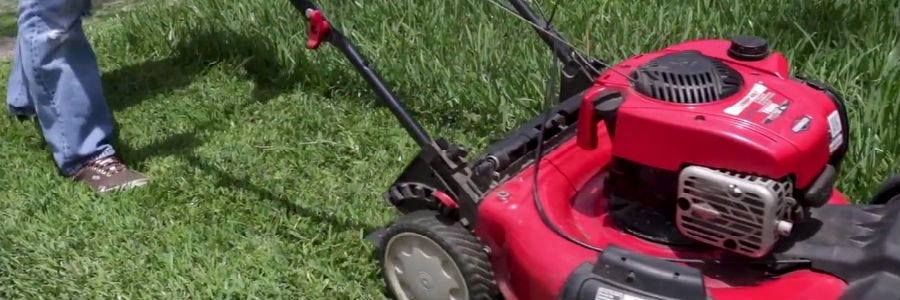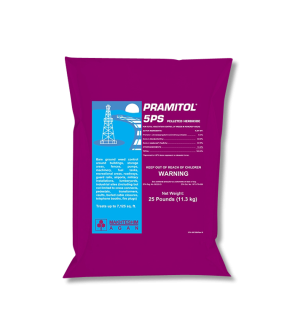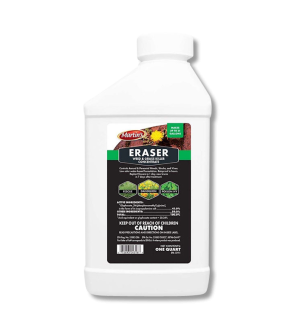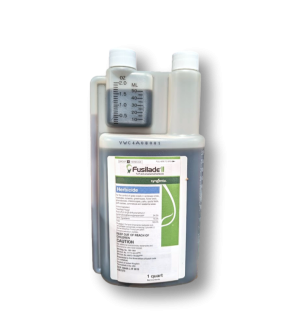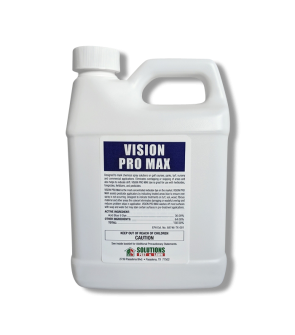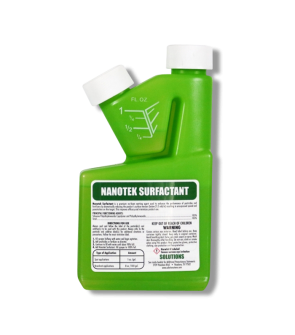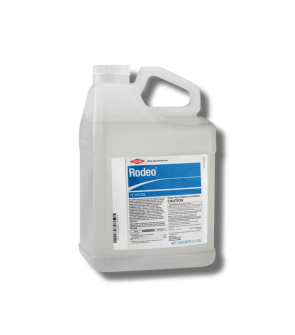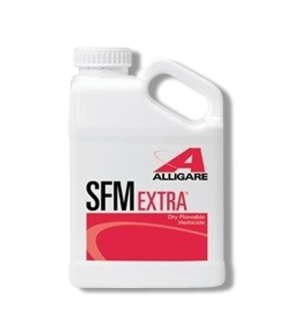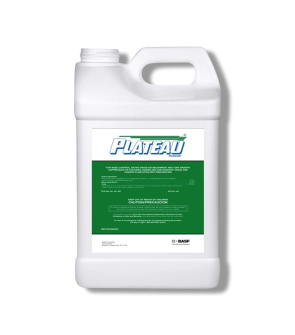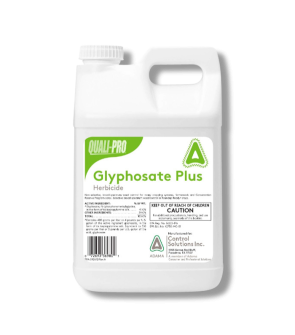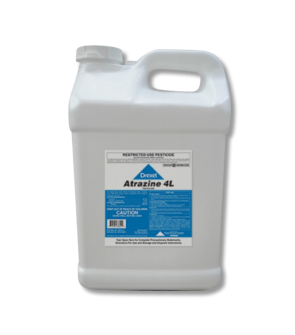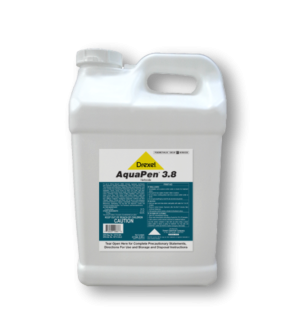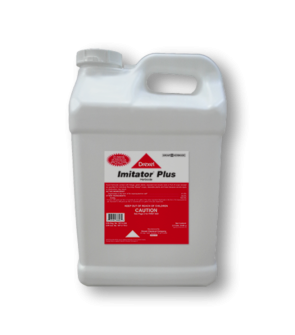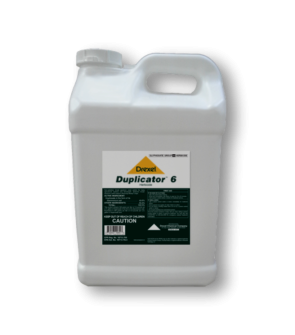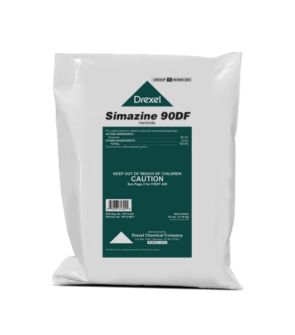Gain access to personalized product screening, the best pricing, rewards, and more!
Most Effective Products
Downy Brome Control: How To Get Rid of Downy Brome
This page is an expert guide on eliminating downy brome from your property using the products and methods our experienced lawn care specialists suggested. Follow this guide and use the recommended products; we guarantee you will succeed.
Downy brome, also known as cheatgrass, bronco grass, downy chess, drooping brome, June grass, early chess, military chess, or cheatgrass is one of the more severe weeds that can emerge onto lawns. It is commonly a nuisance to livestock producers on ranges and pastures. Downy brome is a versatile winter annual that thrives in all types of soils.
One characteristic of downy brome is its shallow root system, which has many hairy roots that allow the plant to extract much water from the soil. Downy brome can be short or tall. The grass's leaves are small and can go unnoticed until they grow their prominent, drooping seedheads.
Downy brome germinates in the fall and remains a super tiny plant over the winter. The weed then takes advantage of any spring moisture available and produces thousands of seeds. If you have downy brome on your lawn, you will want to get rid of it as soon as possible because it could become troublesome to get rid of when they are well-established and mature.
Our DIY downy brome treatment guide covers everything you need to know about this plant and what herbicides work best to get rid of it. Follow the step-by-step instructions below using the recommended herbicides to the right, and Downy Brome will be gone in no time.
Identification

Before carrying out a treatment program, you must first be certain that you are dealing with downy brome and not some other weed. Careless identification can lead to using the wrong treatment methods, which can waste time and money.
- Downy brome (Bromus tectorum) is also known as cheatgrass and can be either short (3 to 6 inches) or up to 18 inches tall, depending on how much moisture it gets. It is usually not noticed right away until it has grown to the point where it is producing its unique droopy seedheads with many little spikelets between 10 to 18 mm long, which makes it stand out. Its leaves are hairy, soft, and pleasant to the touch.
- When downy brome matures, the seed heads become brownish-red and drop their seeds to set the stage for the next generation. When young, downy brome is a palatable grass before the seed heads emerge but become unpalatable with maturity. Mature downy brome can also injure livestock by causing eye or mouth infections. Mature plants are also a severe fire hazard, so when controlling downy brome, you will want to act fast and not let them mature.
Use the description and image above to help you identify the downy brome on your lawn. If you have trouble identifying the weed, you can always take a picture and send it to our experts. We will respond quickly with the correct identification of the plant and expert recommendations of products and techniques to remove that weed from your lawn.
Inspection
After you have confirmed that you are dealing with downy brome, you can move on to inspection. During this phase, you will locate areas where downy brome are thriving and observe the conditions that allow them to succeed. This information will help you know where to focus your herbicide application.
Where to Inspect
Downy brome typically grows in the fall mostly on loose, sandy, moist soils in ranges and pastures, as well as sandy or gravelly areas along railroads, pastures, abandoned sandy fields, open areas of the park, mined land, and barren waste areas.
This grassy weed tends to take over open areas with infertile soil that have experienced stressful conditions, such as occasional wildfires, grazing, or other causes.
What To Look For
Downy brome are grasses with droopy unique seedheads. Downy brome seedheads stand out, so they will be hard to miss.
Treatment
When handling any herbicide, you should properly protect your skin and eyes with safety equipment. The minimum is goggles, gloves, and long-sleeved clothing.
We suggest using Alligare Outline Herbicide to selectively control downy brome without injury in pastures, rangelands, and non-crop areas. Keep in mind this product cannot be used in residential turf sites or sod and turfgrass seed farms.
If downy brome is growing in cool-seasoned turf or other sites where it should not be growing, like sidewalks, we suggest using Eraser 41 Glyphosate. This product is a non-selective herbicide, so be careful when applying it. We recommend you use this product with a marking dye like Vision Pro Max.
Keep in mind that downy brome is a species of bromegrass, which the Eraser is labeled to control.
Depending on the application area and size, you could take one of the following two treatment approaches.
Measure the square footage of the treatment area to determine how much herbicide material to use. Find the square footage by measuring the treatment area's length and width in feet and multiplying them together (length X width = square footage). For acreage, divide the square footage by one acre (square footage / 43,560 sq. ft. = acres).
Non-Selective Downy Brome Control
Eraser 41% Glyphosate can be used on sites such along fences, driveways, sidewalks, next to trees and shrubs, and other listed areas.
To get rid of downy brome with Eraser 41% Glyphosate, apply it as a spot treatment.
For spot treatments, mix 2.5 fluid ounces of eraser into 1 gallon of solution to treat 300 square feet. If you are adding Vision Pro Max marking dye, this highly concentrated product will only require 1/10 of a fluid ounce per 1 gallon of solution.
Mix and apply this product with a handheld or backpack sprayer. To prevent cross-contamination in the future, label this sprayer specifically for non-selective herbicides.
Spot-treat any weed you’ve found during your inspection. Use a fan or cone spray pattern to ensure the leaves are fully coated, and spray the weed to the point of wet but not runoff. Be sure to spray on calm days when temperatures are not too hot, and wind speeds are low to minimize drift.
After applying Eraser 41% Glyphosate, you should see results within 2 to 4 days, but a second application may be made after 4 weeks.
Selective Downy Brome Control
If you have pasture grasses, rangelands, and non-crop areas infested with downy brome, apply Alligare Outline Herbicide. Do not apply on residential turf sites or sod and turfgrass seed farms.
To control downy brome with Alligare Outline Herbicide in pastures, apply it at the rate of 0.75 to 2 oz. of product per 10 to 50 gallons of water per acre.
For non-crop sites, you may use 1 oz. of Alligare Outline Herbicide with 1 quart of nonionic surfactant such as Nanotek Surfactant per 100 gallons of spray solution. Only use a handheld pump sprayer or other high-volume application equipment.
Broadcast the solution evenly over the site with the present downy brome infestation.
Adjust the sprayer pattern to a fan or cone setting to ensure the weed leaves' tops and bottoms are evenly covered. Spray to the point of wet, but not runoff.
For best control results with Alligare Outline Herbicide, apply in the spring when the weed is less than the 5-tiller stage of growth. In the fall, apply when the weed is in the 2—to 3-leaf growth stage.
Avoid applications when rainfall is expected to occur within the next 48 hours after treatment.
Follow-up applications can be made after suitable re-growth of weeds but no sooner than 30 days after the previous application of Alligare Outline Herbicide.
Prevention
Once you have removed downy brome from your property, you will need to implement maintenance practices to prevent this weed from returning. Listed below are some preventative measures you can take to prevent downy brome:
- You can prevent the return of downy brome after it has been controlled with cultural practices that will hinder the redevelopment of this invasive grassy weed. A lush and healthy lawn is less prone to invasion by the downy brome plant. Downy brome grass grows best in poor soil and disperses an allelopathic chemical that keeps wanted plants from growing.
- Properly fertilize your turf at the best time recommended for your particular grass. Mow your grass regularly and at the right height. Downy brome thrives on sunlight, so keeping a lush lawn shades out weed seeds, which hinders the growth of the weed—Reseed thin patches of turf in the lawn as an effective means of downy brome control. Before applying fertilizer, take a soil test to determine which areas need attention to promote thick, healthy turfgrass on your lawn. Downy brome does not grow well in areas with high soil nitrogen.
Key Takeaways
What is Downy Brome?
- Downy brome is a versatile winter annual that can thrive in all soil types.
How to Get Rid of Downy Brome
- We recommend using Alligare Outline Herbicide mixed with Nanotek Surfactant to keep downy brome under control when the plant has emerged. It would be best to use Eraser 41% Glyphosate and Vision Pro Max together for concrete areas or cool-seasoned turf.
Prevent Downy Brome Reinfestations
- Establish a good lawn maintenance routine (mowing regularly at the right height, watering, and fertilizer) to prevent the return of downy brome.






